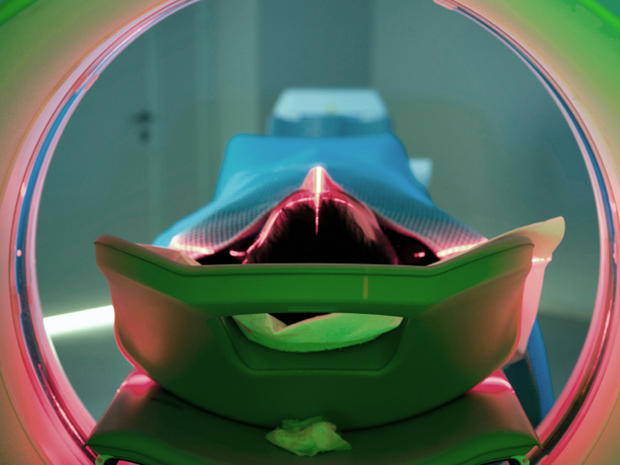Sinusitis in kids: New guidelines advise waiting before antibiotics
The American Academy of Pediatrics (AAP) is encouraging doctors to wait a few extra days before prescribing young patients antibiotics for sinus infections.
"If the kid doesn't look dramatically ill, you can wait an extra couple of days to see if they improve on their own," Dr. Ellen Wald, chairwoman of the academy's subcommittee on sinus infections, or "acute sinusitis," said to HealthDay.
The academy's new guidelines were published in the July issue of Pediatrics and in AAP News. The criteria was last revised in 2001.
Sinusitis, otherwise known as a sinus infection, is an inflammation of the sinuses that can be caused by a virus, bacteria or fungus. The sinuses are air-filled spaces behind the forehead, nasal bones, cheeks and eyes. Mucus is supposed to be able to drain out from the sinuses and air should circulate. But if there is a blockage, germs can proliferate.
Technically, sinusitis is acute when symptoms are present for four weeks or less and chronic when it lasts for three or more months. About 7 percent children are currently being treated for acute sinusitis, the authors noted.
The new treatment guidelines were based on recommendations by the AAP Subcommittee on Acute Sinusitis and 17 randomized studies of sinusitis in kids. The updates do not apply to children who have chronic sinusitis or to those younger than 1 year old.
Symptoms in children with a sinus infection include persistent sickness with nasal discharge, daytime cough or both for more than 10 to 13 days without improvement; a "worsening course" when new additions of nasal discharge or cough or fever occur after the patient had seemed to be getting better; or a severe onset of a fever of greater than 102.2 degrees Fahrenheit and lots of nasal discharge for more than three days.
The AAP's update added three days to the 10-day sickness period for children, as well as a definition of a worsening course.
"There's nothing absolutely sacred about 10 days. It could be 11 days. It could be 12 days," said Wald, who is also chairwoman of pediatrics at the University of Wisconsin School of Medicine and Public Health in Madison, said. "In the child who looks sicker, we wouldn't do that. We would start on antibiotics immediately."
In addition, the academy's new policy included a report on the effectiveness of imaging tests to identify children who were candidates for antimicrobial therapy. Doctors should look into the noses of children to see if they have signs of polyps, shine a light against the sinus for signs of inflammation and tap over the sinus area to find infection to see if sinusitis is present. Previously, a CT scan or MRI were also recommended to see which treatments were best, but the new evidence showed they were not helpful in determining if antimicrobial therapy would work.
The new recommendations were based on studies of side effects and a report on the effectiveness of the medications. One study showed antibiotics were linked to an increase of diarrhea in 18 to 22 percent of children in three studies. Abdominal pain was also reported in 15 to 29 percent of people who took antibiotics, compared to 9 percent of a placebo group.
Antibiotic overuse has also increased the growth of drug-resistant strains of bacteria. Only 44 percent of Americans recognized antibiotic resistance as "somewhat or a big problem" in a Pew Charitable Trusts and Centers for Disease Control and Prevention survey in November 2012.
"If we prescribe fewer antibiotics, then the problem of antibiotic resistance is controlled," Wald said. "If you can avoid the use of antibiotics, then that is reasonable."
- CDC: Deadly drug-resistant bacteria on rise in U.S. hospitals
- Antibiotic resistance a growing problem for some parts of U.S.
- Are antibiotics overprescribed to elderly in the South?
The AAP has been encouraging the decreased use of antibiotics, including through updated guidelines for ear infections earlier this year. Instead of using antibiotics first, the organization urged doctors to see if patients have a moderate to severe bulging if the eardrum first and trying pain relievers before moving to the more potent treatment.

